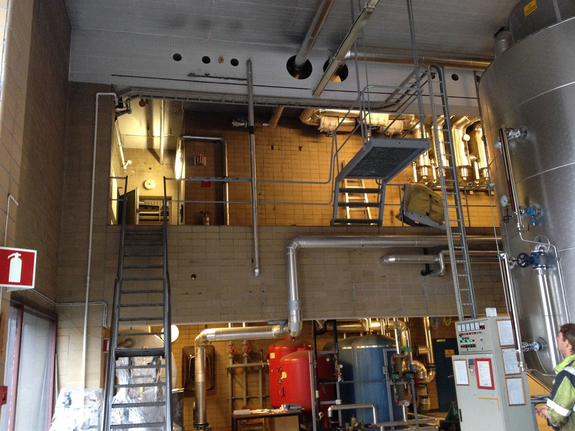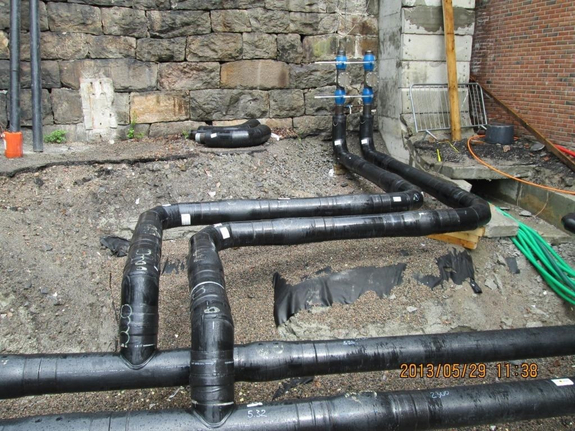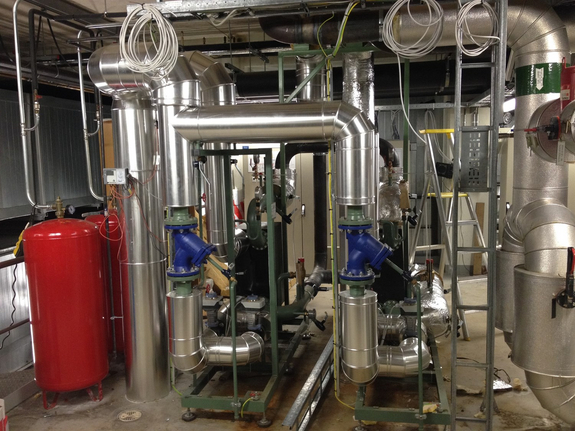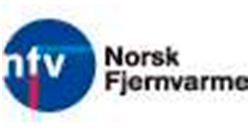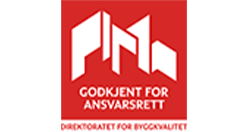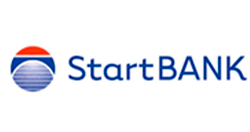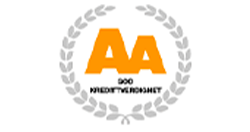Muffing af fjernvarmerør skal udføres af personale med et godkendt stikcertifikat. Sokkelinstallation og isolering af forbindelsen skal udføres i overensstemmelse med kravene i NS-EN 13941, kapitel 7.7 og i overensstemmelse med rørproducentens installationsvejledning til det enkelte produkt. Dokumenterne for hvert enkelt projekt angiver typen af ærmer, der skal bruges.
Når muffen er monteret og kontrolleret, skal montøren anvende nr. / ID på muffen med en tusch.
Entreprenøren skal udføre stikkontakter, så gevindene ikke krydses. Se separat punkt vedrørende alarmsystem.
Grøfterne holdes åbne til visuel inspektion af stikkontakten. Entreprenøren skal underrette kunden inden ærmearbejdet udføres, så han kan være til stede under udførelsen af ærmearbejdet.
Læs om vores kvalitetspolitik her.
LÆKAGE OVERVÅGNING OG ALARMSYSTEM
Meldetrådssystemer skal installeres i henhold til producentens anvisninger.
Der anvendes præisolerede rør med indbygget alarmledning. Alarmkablerne skal samles i henhold til den aktuelle meddelelsestrækning.
Lækagedetektionssystem skal bygges i overensstemmelse med designdokumentationen. Meddelelsestrådene skal føres ud i samledåser, så afstanden mellem hver samledåse inklusive grene ikke overstiger 800 m.
Længden på udgangskablet skal minimeres og registreres nøjagtigt for hver samledåse. Afgangskabler, der er lagt i jorden, skal beskyttes mod overgravning ved at lægge en dækplade 200 mm over kablet. Kablet skal lægges med en tilstrækkelig svinehale til at undgå problemer, hvis fjernvarmerøret bevæger sig.
Koblingsbokse monteres i følgende rækkefølge i prioriteret rækkefølge:
- Indvendige kunder
- I ventilkasser
- I et passende skab langs ruten
I rørender og hos kunder, hvor signaltråden ikke fjernes i samledåser, skal signaltrådene forbindes sammen i en løkke inde i en sokkel. Når rapportledninger fjernes fra kunder, må meddelelsestrådene ikke komme i direkte kontakt med stålrøret eller noget metalbelægning på rørene.
Meddelelsesbokse og udløbskabler skal nummereres og markeres i overensstemmelse med den forberedte meldetrådsformular / tegning.
Entreprenøren skal løbende, og før grøften lukkes, udføre de nødvendige kontrolmålinger af rapporteringskablerne. Entreprenøren skal kontrollere alle forbindelser i meldetrådsystemet. Som en del af dokumentationen skal der indsendes en protokol med målinger, der viser, at kontrol af rapporteringstrådene er udført.
Før du lægger rør i vejkryds osv. signalledningerne skal kontrolleres for kabelbrud og kortslutning til stålrøret.
Hvis lækagedetektor og overvågningssystemer er installeret, skal deres funktion kontrolleres under installationen i henhold til producentens anvisninger.
Kunden foretager målinger af tørt rør inden idriftsættelse.
I dag siger vi kontrol 6-10 uger efter at røret er taget i brug pga. indbygget fugt.
Ring eller skriv ved spørgsmål.

